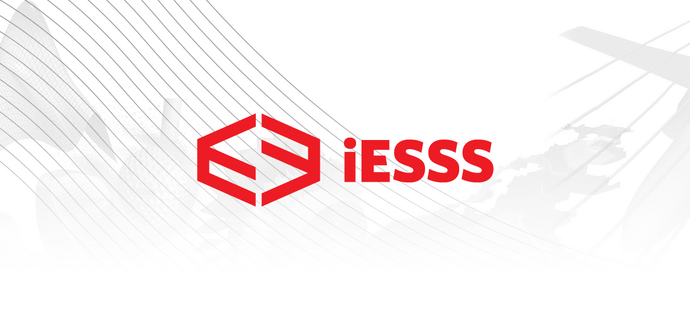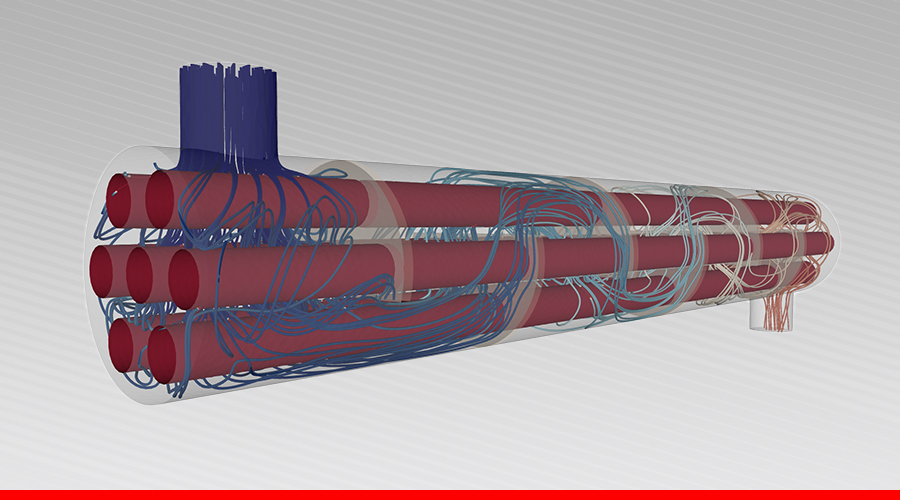
Introduction to Computacional Fluid Dynamics Simulation using Ansys
Subscribe now for $400.00-
Module 1 - What is CFD?
-
Module 5 - Post Processing
-
Module 6 - Turbulence Models
-
Module 7 - Heat Transfer
-
Module 8 - Transient Flows
-
Module 9 - Simulations applied in Industry
-
Module 10 - Good Practices
-
Final Considerations
Description
In this course, you will begin your journey on learning about Computational Fluid Dynamics (CFD) using Ansys.
This course was prepared to be the cornerstone of training the usage of this technology, so you will be able to work on engineering projects using CFD analysis with the quality and confidence that just can be obtained in a course that combines concepts with practical activities.
The Computational Fluid Dynamics is the knowledge area that deals with flow numerical simulations, heat transfer and related phonemena, such as chemical reactions, combustion, aeroacoustics, etc. The CFD phenomenon originates from the combination of two subjects: Fluid Mechanics and Numerical Method.
With high material and experimental costs, the product development and innovation using Computer Aided Engineering (CAE) Simulations has become an important factor in companies survival. Therefore, every engineer must be able to use, with competence and realiability, the CAE simulations tools. The ESSS Institute offers a complete solution for distance learning in numerical simulation.
Level: Basic;
Prerequisites: None
Access period: 180 days or 360 days for Free Pass users, after the access expires, the content will be locked in the portal. We do not extend the access.
Software used: Ansys SpaceClaim, Ansys Meshing, CFX, Fluent and CFD-Post.
To perform the proposed exercises, we suggest using the free educational license of the Ansys package (Ansys Student). The download and installation can be done at any time directly from the Ansys website.
Category: Computational Fluid Dynamics
General info
Content
- What is CFD?;
- Geometry Preparation and Generation;
- Mesh Generation and Quality;
- Setting up a CFD Simulation;
- Post Processing;
- Turbulence Models;
- Heat Transfer;
- Transient Flows;
- Simulations Applied in Industry;
- Best Practices.
Objective
Introduces
the fundamentals of modeling and obtain the results to analyze with fluid
dynamics using Ansys solutions.
Target audience
Industry
professionals, students, and academic professors interested in improving their
knowledge in simulation techniques.
Methodology
The student has flexibility to attend the training at the most appropriate time of their daily journey during the active access period. The videos, texts and exercises were previously prepared, reviewed and structured, allowing the best asynchronous use.
Certificate
After
the full completion of the course, the student has access to an international
certificate, in electronic format, proving the completion of the course with
the total hours attended. The certificate is issued by the ESSS Institute,
which is a world reference in the subject of Computer Simulation. ESSS
guarantees the quality of the course through its experience and recognition as
a reference in Computational Simulation.
Subscribe now
Subscribe now for $400.00